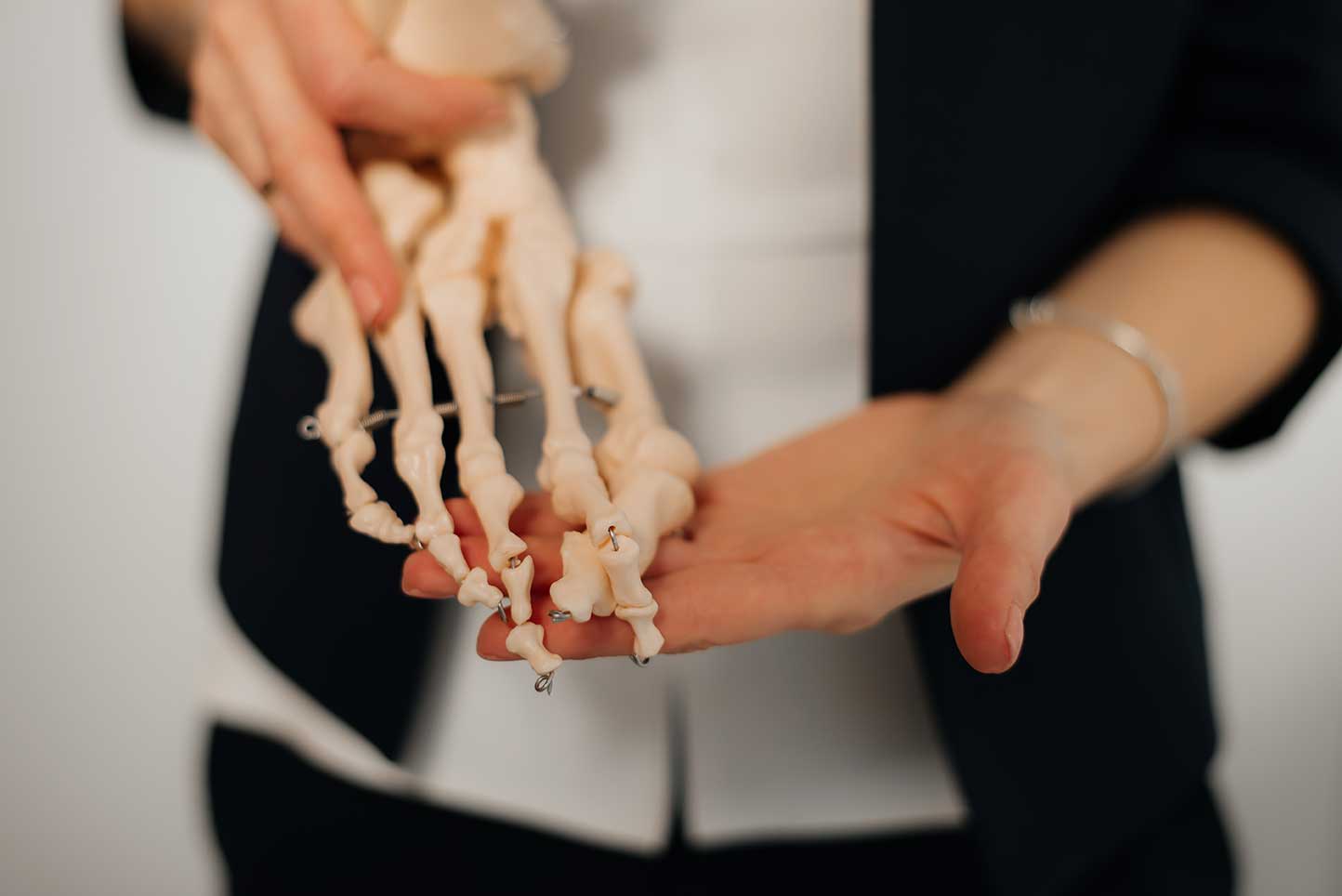
22 Aug Weight Bearing Exercise for Bone Health: How You Do It Matters
Weight bearing exercise and resistance training are often recommended to people who may be at risk of decreasing bone density due to numerous factors. When it comes to exercise, while it is important to put enough load through our body to help stimulate bone formation, how we go about this matters greatly.
Decreasing Bone Density
There are numerous reasons why bone density can decrease, and there is a lot you can do to help the issue. Not all of these things are strictly related to biomechanics and training but are worth mentioning.
- Aging: As we age bone formation tends to be overtaken by bone resorption or breakdown, leading to a natural decline in bone density.
- Hormones: Hormonal changes during life can also contribute to a loss of bone density. Decreasing levels of testosterone in men and hormones like estrogen in woman around menopause can accelerate bone loss.
- Medical Conditions: Certain medical conditions like osteoporosis, thyroid issues and cancer can effect bone density.
- Nutrition: Inadequate levels of particular minerals and vitamins needed for healthy bone formation and repair can contribute to bone density issues.
- Physical Activity: Little to no physical activity can lead to poor bone density due to a lack of stimulation through the fascial and skeletal system.
- Lifestyle: Things like smoking and overconsumption of alcohol and effect bone density. Things like sleep can also be crucial in order to aid recovery.
Increasing Bone Density
Based on the list above, there are some simple lifestyle and nutritional modifications that can be made to help maintain a healthy bone density. However this is not what we are here to discuss in this blog, we are here primarily to discuss how exercise can be used to help the issue, and what we should keep in mind before setting off on our new weight bearing regime.
Weight Bearing Exercise: Is It All Equal?
While this term is very broad reaching, it generally refers to exercise which loads the skeletal system. This begs the question, is all weight bearing exercise created equal? The answer unfortunately is no. If we have poor posture, or parts of our structure that are unstable, simply loading these patterns may not give us the outcome we are hoping for.
It’s important to take our bodies asymmetries and structural issues into account before hitting the gym in an attempt to increase bone density. If not, we run the risk of simply compounding issues that we have, causing injury, and overloading our skeleton is the wrong areas.
The forces we subject our bodies to will dictate it’s response to those forces. Most gym work is done in the sagittal plane of motion (think up and down), while in life we move primarily in the transverse plane (think rotation based movements). We are also horizontal movers, so understanding how to load our bones relative to movements like walking, and not just lifting things up and down, is important if we want to stimulate the best response in our bodies.
This is why at Functional Patterns we focus on loading our body and weightbearing relative to the First 4, Standing, Walking, Running, and Throwing. These movements have shaped not only our bodies, but how they interact with the environment around us. Nature has given us a way of moving that can help us maintain bone density as we age, but if we move poorly we can accelerate degeneration.
Poor Movement Can Affect Hormone Signaling
Hormonal changes can be one of the biggest drivers of decreasing bone density. People don’t often think about how movement relates to hormonal signaling but it plays a huge role. Let’s think of an example. Imagine moving poorly and with pain day to day. This extra strain on our system can have us spending more time in “Fight or Flight” mode and less time in “Rest and Digest”. Unfortunately in todays world, this is all to common for a lot of people and when we are in this heightened nervous system state our body does not prioritize things like recovery and regeneration.
This includes bone reformation and remodeling. So while it might seem of little consequence, how someone moves can directly effect how their hormones behave. We are designed beautifully by nature in a way that allows our body to regenerate at the appropriate times, but we we never have our bodies in a state of recovery this doesn’t happen. Hormone therapy is a way to try and get around the issue, and people are often left with no choice, but improving the way you move can have a massive impact on hormone signaling and the capacity for your body to maintain bone density.
Conclusion
While supplementing poor nutrition and modifying lifestyle factors can be important when it comes to maintaining bone density, nothing is more effective or fundamental than improving the way we move. Exercise is often recommended and rightly so, but how people go about this can actually just compound the issue and increase the wrong type of stress on the body. At Functional Patterns we focus on loading the body relative to the movements it has been designed to do, in a way that can improve structural integrity long term.